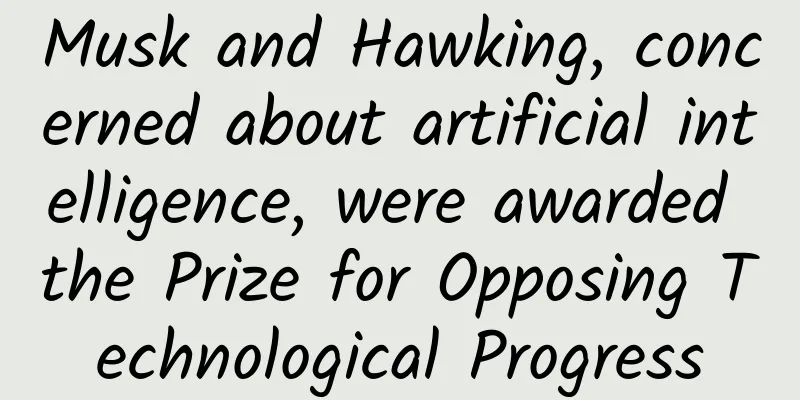Dancers in the fields? A poetic revolution in mechanized sowing!

|
The miracle of mechanized seeding Under the golden sunshine, a group of tireless dancers appeared in the fields - they are modern seed drills. These machines lightly jump on the land with precise rhythm, sowing seeds one by one in the fields of hope. This is no longer a simple labor, but a race against time, a revolution that rewrites tradition with technology. The development of mechanized sowing has enabled us to move from relying on weather and experience to modern agriculture. Accurate meteorological data and soil analysis allow farmers to choose the best time to sow and ensure that seeds grow in the most suitable environment. This is not only about taking good care of seeds, but also a deep understanding and respect for the laws of nature. The magic of precision farming Precision agriculture, a word that sounds like magic, is the core of mechanized sowing. Every seed is treated as "customized" here. The sowing machine adjusts the sowing depth and spacing according to the characteristics of the seeds and soil conditions to ensure that every seed can grow in the best environment. Behind these technologies are complex algorithms and sensors. They can monitor and adjust various parameters in the sowing process in real time, thereby maximizing the survival rate and growth quality of seeds. This not only improves the efficiency of agricultural production, but also provides new possibilities for the sustainable development of agriculture. 1. Variable Rate Seeding Technology (VRT) Variable rate seeding technology can automatically adjust the seeding density or seeding amount according to factors such as soil fertility and crop growth conditions in different areas of the farmland. This technology can ensure that crops grow under the most suitable conditions and increase overall yields. 2. Precision seeding equipment Precision seeding equipment can sow seeds according to preset parameters, including sowing depth, row spacing, seed spacing, etc. These devices are usually equipped with sensors and control systems to ensure the accuracy of the sowing process. 3. Soil and crop sensors Soil sensors can measure soil moisture, temperature, pH and other indicators, while crop sensors can monitor the growth of crops. These data are crucial for precision planting because they can help farmers make more scientific decisions. 4. Data management software Software tools in precision agriculture can integrate data from various sensors and information systems, provide intuitive data analysis and visualization, and help farmers develop seeding plans and management strategies. 5. Autonomous driving and machine learning Autonomous driving technology combined with machine learning algorithms can enable the seeder to automatically complete sowing tasks, while continuously learning and optimizing sowing patterns to adapt to changing farmland conditions. 6. Remote Sensing Technology Remote sensing technology collects real-time data on farmland through drones or satellite images, such as crop growth conditions, the occurrence of pests and diseases, etc. This information can be used to adjust sowing strategies, such as determining sowing density and seed types. 7. Geographic Information System (GIS) GIS technology is used in precision seeding to collect and analyze spatial data of farmland, including soil type, topography, crop distribution, etc. These data help farmers understand the specific conditions of the fields and formulate more accurate seeding plans. 8. Global Positioning System (GPS) GPS technology provides accurate location information for precision sowing, ensuring that the seeder operates along the predetermined path, reducing overlapping or missed sowing, and improving the uniformity and accuracy of sowing. A duet of environmental protection and efficiency Mechanized sowing not only improves the efficiency of agricultural production, but is also a pioneer in environmental protection. Compared with traditional sowing methods, mechanized sowing reduces soil compaction and protects the ecological structure of the soil. At the same time, it also reduces the use of pesticides and fertilizers, allowing crops to grow in a more natural and healthy environment. This environmentally friendly sowing method not only helps protect our planet, but also brings higher economic benefits to agricultural production. By reducing the use of fertilizers and pesticides, farmers can reduce production costs while increasing the market competitiveness of their crops. This is a duet of environmental protection and efficiency in harmony. Looking to the future: the magical journey of intelligent seeding With the continuous advancement of science and technology, the future of sowing mechanization will be more intelligent. The application of technologies such as drones, satellite navigation, and the Internet of Things will make sowing machines part of the smart agricultural system. They can autonomously identify soil conditions, automatically adjust sowing strategies, and even optimize sowing plans through big data analysis. The seed drills of the future will no longer be simple mechanical equipment, but highly intelligent agricultural robots. They will be able to interact with farmers, provide planting suggestions, and even learn and evolve on their own to adapt to the ever-changing needs of agricultural production. This will be a journey full of fantasy and innovation. Let us look forward to the arrival of that day, sow hope, and harvest a better future. Conclusion When we stand on the threshold of the times and look back at the past, we can see the great transformation of agriculture from manpower to mechanization. Looking to the future, with the continuous maturity and application of intelligent seeding technology, agricultural production will become more intelligent, precise and efficient. This will bring farmers a more relaxed and pleasant planting experience, and will also provide consumers with healthier and safer food. In the fields of the future, they will become the watchers of the fields, guarding every piece of land and watching the growth of every life. We have reason to believe that with the continuous development of science and technology, mechanized seeding will usher in a new era of intelligence. This is not only a revolution in the field of agriculture, but also a profound display of human wisdom. |
Recommend
In-depth analysis | How did the 400 million yuan worth of advertising and content of "The Debaters" come together so perfectly?
There is a variety show that inserts advertisemen...
New media operation topic selection method!
When it comes to new media, some people say that ...
In addition to natural language processing, you can also use word embedding (Word2Vec) to do this
When using machine learning methods to solve prob...
A textbook-like practical method for live streaming on Douyin
Luo Yonghao's live broadcast lasted 3 hours a...
If you want to please these users, try these 5 methods
Elevator, subway, taxi. Newspapers, Weibo, and &q...
"91 Ten Articles" - A daily must-read briefing for the new energy vehicle industry (210304)
1. Following Huawei, traditional communications g...
What is the use of adding sugar when frying chestnuts?
Purple rotten pear and red wrinkled jujube, but t...
Commercialization strategy of e-commerce search traffic distribution
In this chapter, we explain the commercial distri...
Future Forum: Man-Made Cellulose Fibers 2030
Forum for the Future launches new report “Man-mad...
You can edit the Alipay homepage yourself! Long press the icon to sort/delete
[[429822]] Nowadays, personalized customization h...
From search rules to ranking optimization, 3 suggestions for ASO optimization
The concept of ASO has existed for a long time, b...
The evolution of the small hearing aid, a bridge connecting the hearing-impaired to the world of sound
"If I wear hearing aids, people will think I...
2018 WeChat Open Class, what key points should marketers pay attention to?
On January 15, 2018, Zhang Xiaolong 's speech...
Chen Chao: 60 Inventions That Influenced the World
Chen Chao · "60 Great Inventions That Influe...
How do you know if your spine is bent? Is there any hope for a bent spine?
Not long ago, a hot search on Weibo made many peo...









